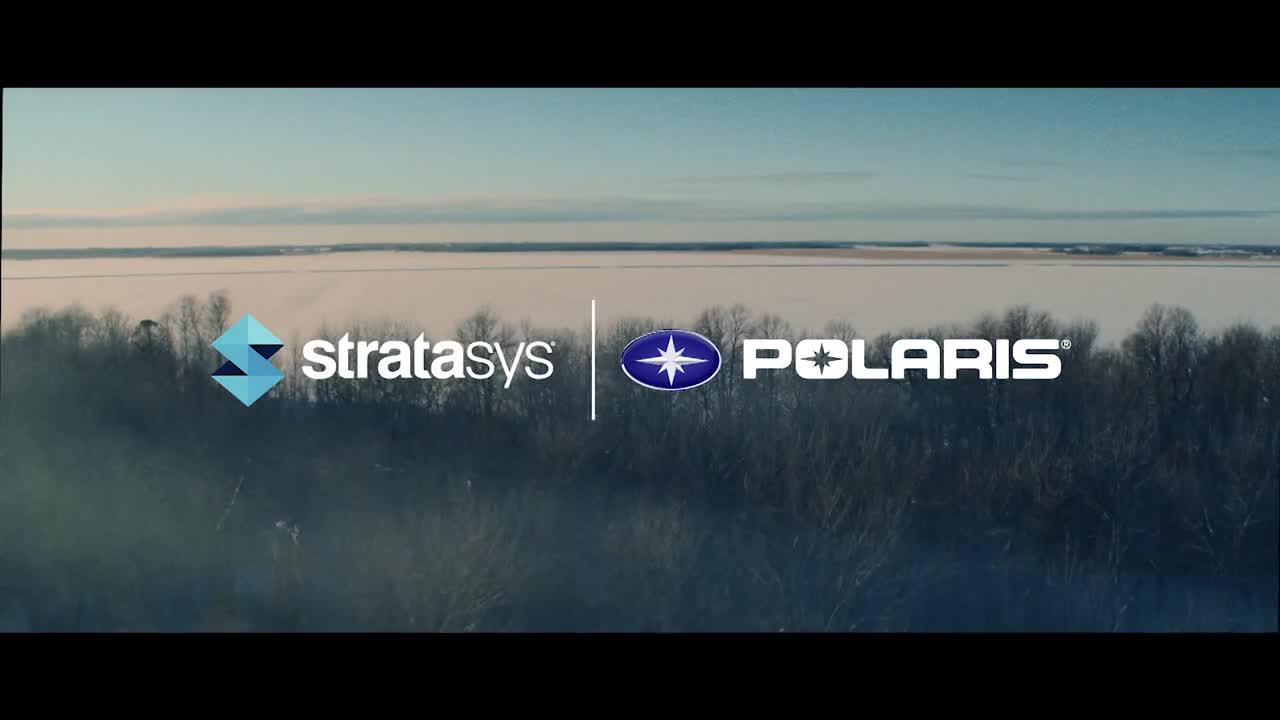
Definições de Privacidade
Administrar preferências de consentimento
Cookies estritamente necessários
Estes cookies são necessários para o funcionamento do site e não podem ser desativados em nossos sistemas. Geralmente, são definidos apenas em resposta a ações feitas por você que correspondam a uma solicitação de serviço, como definir suas preferências de privacidade, fazer login ou preencher formulários. Você pode configurar seu navegador para bloquear ou alertar sobre estes cookies, mas algumas partes do site podem não funcionar. Eles não armazenam nenhuma informação pessoal identificável.
Cookies de desempenho
Estes cookies nos permitem contabilizar visitas e fontes de tráfego para que possamos mensurar e aprimorar o desempenho de nosso site. Ajudam a saber quais páginas têm mais ou menos popularidade e a visualizar como os visitantes navegam pelo site. Todas as informações que estes cookies coletam são agrupadas, e, portanto, anônimas. Se você não permitir estes cookies, não saberemos quando você visitou nosso site e não poderemos monitorar o desempenho.
Cookies funcionais
Estes cookies permitem que o site ofereça personalização e funcionalidades aprimoradas. Podem ser definidos por nós ou por terceiros que sejam fornecedores de serviços adicionados em nossas páginas. Se você não permitir estes cookies, alguns ou todos os serviços podem não funcionar adequadamente.
Cookies de destino
Estes cookies podem ser definidos em nosso site por nossos parceiros de publicidade. Podem ser usados por essas empresas parceiras para construir um perfil de seus interesses e mostrar anúncios relevantes em outros sites. Eles não armazenam informações pessoais diretamente, mas baseiam-se na identificação exclusiva de seu navegador e dispositivo conectado à Internet. Não permitir estes cookies pode levar à publicidade e anúncios menos direcionados.












